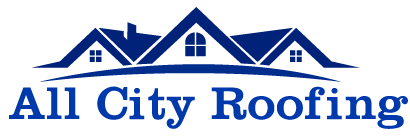Types of Metal Roof: Why Is It Important To Know Them Before The Installation?
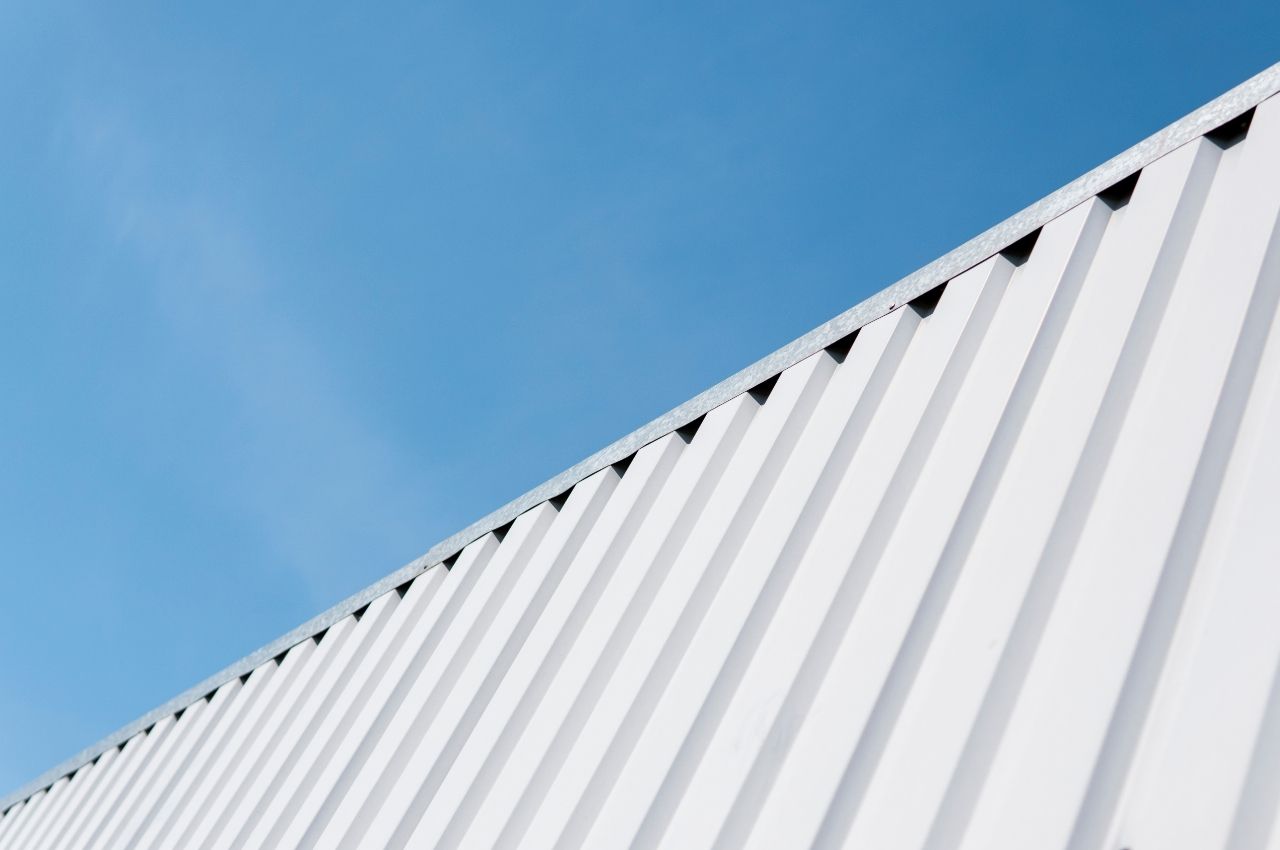
There are many types of metal roofing options, but if you think of installing one of these in your house, you should be aware of the following aspects. As you might assume, homeowners opt for this roofing in the United States due to its longevity. Besides, the life expectancy of this residential roofing material is estimated to be from 40 to 70 years.
It is crucial to know what kind of roofing you are opting for because most people misunderstand and think every roof is equal. This common mistake has provoked many people to regret their roofing system. So, keep reading below to discover the different types, pros, cons, and characteristics of metal roofing!
What Are The Different Types Of Metal Roof Materials?
Installing new roofing might be a nightmare if you don’t know the best option that suits your house. Here are 5 common types of metal roof that you should take into consideration:
- Zinc Roofing
- Aluminum Roofing
- Tin Roofing
- Galvanized Steel Roofing
- Slate Metal Roofing
Zinc Roofing
Zinc is one of the most worldwide used metal roofing due to its positive advantages. Homeowners have installed this metal roofing for approximately 100 years. What makes this material great is the barrier they have that avoids corrosion (for some years). Most Latin American countries prefer this one because it can be adapted to different weather conditions.
Moreover, it does not need too much maintenance because it is moisture resistant. One significant aspect is that zinc roofing used to be the cheapest type of metal roofing, and it is accessible for most homeowners. Your house could live over a hundred years with zinc.
More importantly, it can resist high and cold temperatures.
Aluminum Roofing
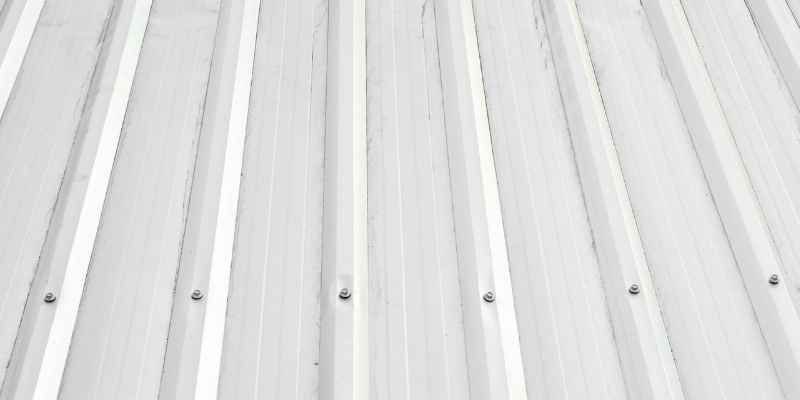
Aluminum is another durable material that offers different great qualities. It can last between 40 and 60 years, depending on the maintenance. Also, the aluminum tiles can be adapted to different shapes and styles in your house, and more importantly, it reflects the heat, which is good if you live in areas with high temperatures. So, it could help you to reduce AC use.
Furthermore, the aluminum tiles have a lower flame spread which makes them a class A fire rating. Also, aluminum resists strong winds.
Tin Roofing
Many homeowners confuse this type with the galvanized steel, but they differ in some aspects. Tin is another type of steel metal roofing that is not common in the market. This form of roofing is no longer in use.
Galvanized Steel Roofing
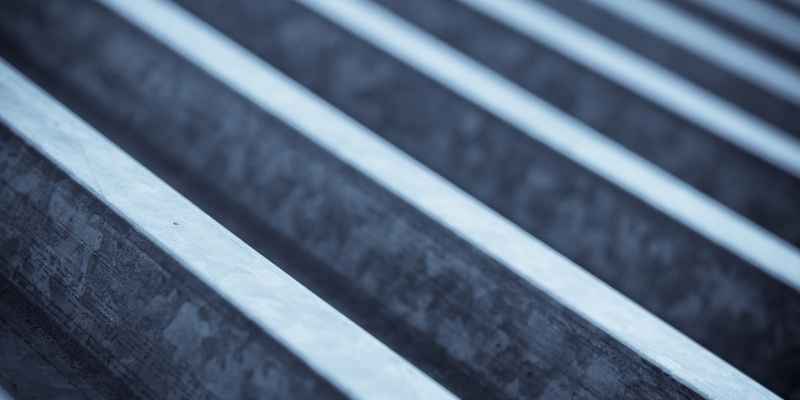
As aluminum and zinc, it is one of the most traditional metal roofing materials. Galvanized steel is now often referred to as a “tin roof” due to the corrugated carbon steel sheet. The main advantage of this type of metal roofing is the galvanized coating, which is easy to maintain and fire-resistant.
It has been demonstrated that some people like galvanized steel roofs due to the surface appearance it offers to the house. Also, this metal roofing counts with an extra protective galvanized that avoids oxidation.
Slate Metal Roofing
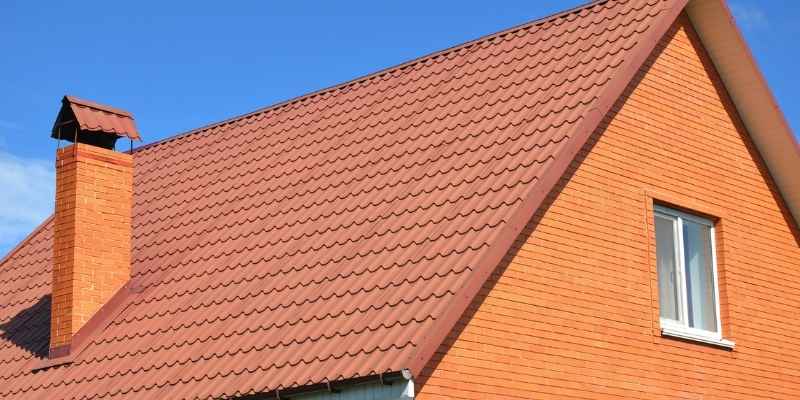
Installing slate metal could increase the value of your home. Slate roofs can last anywhere from 75 to 200 years, making them one of the most durable roofing materials available. Manufacturers of slate tiles have guarantees ranging from 50 years to a lifetime.
General Pros and Cons of Metal Roofing
Here are the most common pros and cons of all metal roofing types:
Pros
As mentioned above, the different metal materials could last from 40 to 100 years, depending on the maintenance. Compared with asphalt shingles that last 12-20 years, zinc, aluminum, and galvanized steel will help you with long-term costs.
Another great advantage of metal roofing is its durability. In contrast with other roofing systems, the metal ones resist some tornadoes, high and low temperatures, moisture, and different weather conditions. Metal roofs are low maintenance, and you should inspect them regularly to ensure that no repairs are required.
Moreover, some metal materials are not corrosive for a while, so you won’t suffer from scaling. Additionally, they minimize the heat of UV rays. More essentially, metal materials are eco-friendly because they last many years, avoiding the waste of material.
Cons
The main disadvantage is the price. As they last for many years, this aspect increases the price of the material. In addition, metal roofing tends to cost three times more than traditional asphalt roofing. Besides, after some years, if you don’t give the respective maintainability, the corrosion will take power over the roof’s surface.
Furthermore, if you are from those who like the silence, metal roofs are not your best option because they can be noisier than other items during heavy rain or hailstorm. The metal roofing panels sometimes are expanded or contracted depending on the weather conditions. Hail and other big, heavy objects can dent a metal roof.
Moreover, one typical color fading due to the sun rays, you should be prepared to paint every couple of seasons.
Is the Painted Finish Guaranteed During the Installation Process?
After the installation, some homeowners are advised to use finish paints to protect the roof. One excellent recommendation is the Kynar 500, a coating composition that helps protect the steel panels from corrosion and other types of mold.
Sadly, not all homeowners use finish coatings, which is terrible because they don’t put these efficient extra layers that increase longevity. If you think of looking for a new roof replacement, be sure to ask for finish coatings.
Get A Free Quote
When it comes to installing new roofing, there exist many aspects you should consider. Different types of metal roofs are great for your house, but it is vital to count on experts. As you can read and see above, the various metal materials offer many great qualities that could ideally be adapted to your customs.
If you are looking for a roofing contractor, we will be more than pleased to help you out. Don’t hesitate to contact us for any doubt you might have. We offer you a free quote that could help you to save money!
